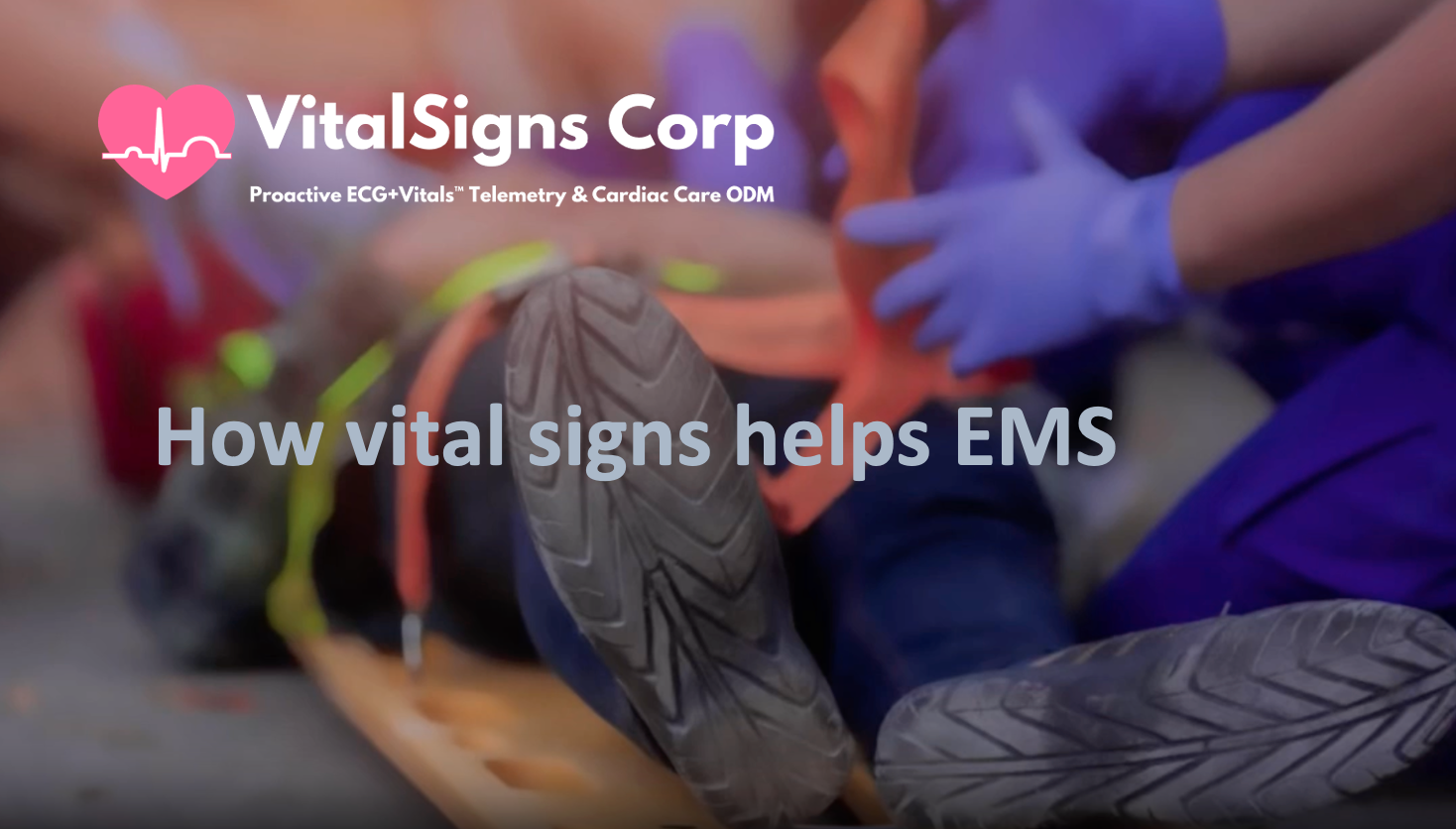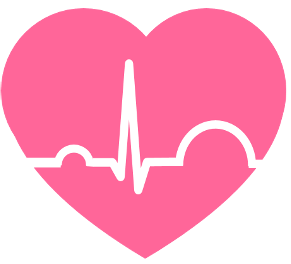
How VitalSigns helps EMS
Rich Lee
2024.07.23
Crossover ECG is coming (EMS)
EMS stands for “Emergency Medical Services,” which refers to the system that provides emergency medical care and transportation. This system includes emergency personnel, ambulances, and related medical facilities. The purpose is to provide immediate medical care and transport patients to hospitals or other medical institutions in emergency situations.
When a patient loses consciousness, the primary task is to check the patient’s vital signs, such as heart rate, respiration, and blood pressure. These actions are crucial for immediate rescue and subsequent medical procedures. Often, we need to quickly diagnose the patient’s physiological condition on the frontline. At this moment, VitalSigns can provide essential services for EMS.
ECG 's role in EMS
In an emergency scene, a patient’s heartbeat and respiration are generally interconnected. Under the premise of the patient being unconscious, VitalSigns can use In an emergency scene, a patient’s heartbeat and respiration are generally interconnected. Under the premise of the patient being unconscious, VitalSigns can use ECG to determine and interpret the patient’s most critical vital signs.( ECG) to determine and interpret the patient’s most critical vital signs.
ECG provides crucial assistance in emergency medical services, particularly in managing cardiac-related emergencies. It offers support and essential information in the following ways:
Rapid Diagnosis of Cardiac Status:
- In emergency situations, patients may experience cardiac events such as myocardial infarction or arrhythmias like ventricular tachycardia or ventricular fibrillation. An ECG quickly detects and confirms these conditions, aiding healthcare providers in prompt treatment.
Guidance for Emergency Interventions:
- Based on ECG results, emergency responders can initiate timely interventions. For instance, ventricular arrhythmias may require defibrillation or administration of antiarrhythmic medications.
Monitoring Treatment Efficacy:
- Throughout emergency care, ECG monitoring evaluates the effectiveness of treatments. For example, for patients undergoing defibrillation, ECG verifies successful cardioversion or identifies the need for further interventions.
Assessment of Cardiac Function:
- Beyond acute emergencies, ECG helps assess overall cardiac function and potential heart issues, crucial for subsequent treatment and recovery plans.
Facilitating Hospital Preparedness:
- When transferring patients to hospitals, emergency responders provide recorded ECG results to prepare medical teams and equipment, facilitating further diagnostics and treatment.
ECG is a valuable tool in emergency medical services, offering rapid and accurate insights into cardiac health, enabling healthcare providers to make timely and appropriate treatment decisions, ultimately enhancing patient survival and recovery rate.
VitalSigns offers real-time, accuracy, early warning, AI diagnosis, report to help EMS improve pre-hospital survival rate.

